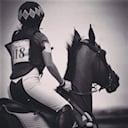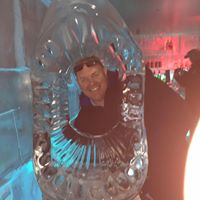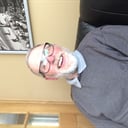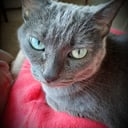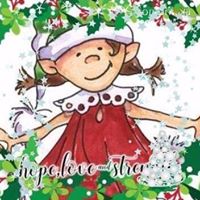Which of the following foods is created with the same mold used to make the antibiotic “Penicillin”?
What do a pharmacist and a cheesemonger have in common? They both sell you mold ~ Penicillium, to be exact.
Roquefort, one of the most popular blue cheeses, is made from sheep’s milk enriched with Penicillium roqueforti mold spores. Unlike other molds that are found on spoiled food, these unique spores are safe for human consumption.
Penicillium roqueforti (and the also-commonly used Penicillium glaucum) do not produce toxins. When these safe Penicillin varieties come in contact with the various dairy products which go into cheese (either naturally or in a controlled facility), they create the unique look, texture and taste of the finished product. The mold gives blue cheese its distinctive coloring, with gray veins and blue specks, as well as its decidedly “earthy” (OK - dirty feet) aroma.
There are hundreds of strains of useful molds under the Penicillium genus; Roquefort is not the only moldy blue cheese. Penicillium camemberti is used to make Camembert and Brie cheeses. Other examples are Blue Stilton (an English cheese) and Italy's Gorgonzola, both of which are crafted with Penicillium. Even some cheese rinds, like the one on traditional Brie, are composed of mold, to better preserve the cheese inside.
While each cheese has its own distinctive flavor, they all gain their sharpness and distinctive blue-gray color from Penicillium mold spores.
*Penicillium chrysogenum is the strain used to make the antibiotic.
More Info:
www.foodandwine.com
